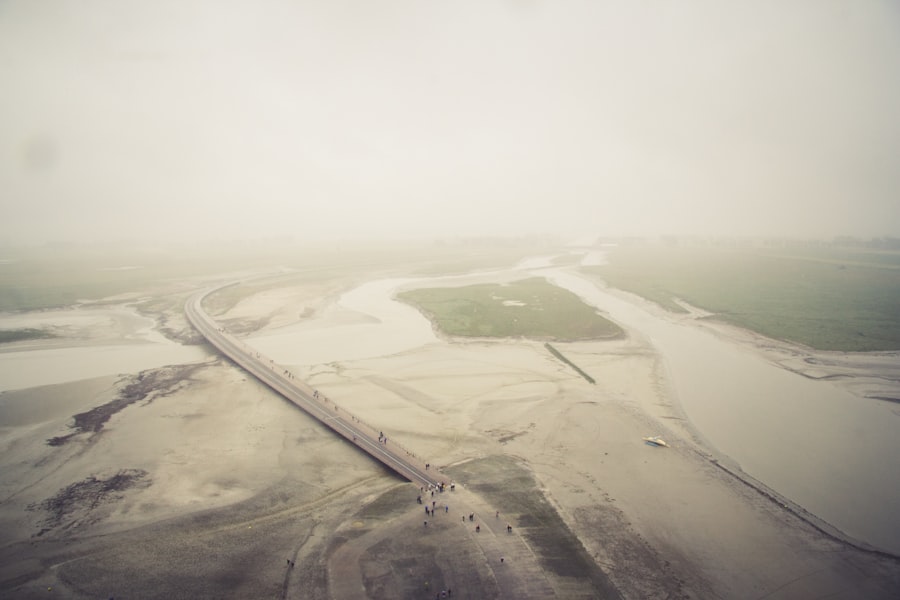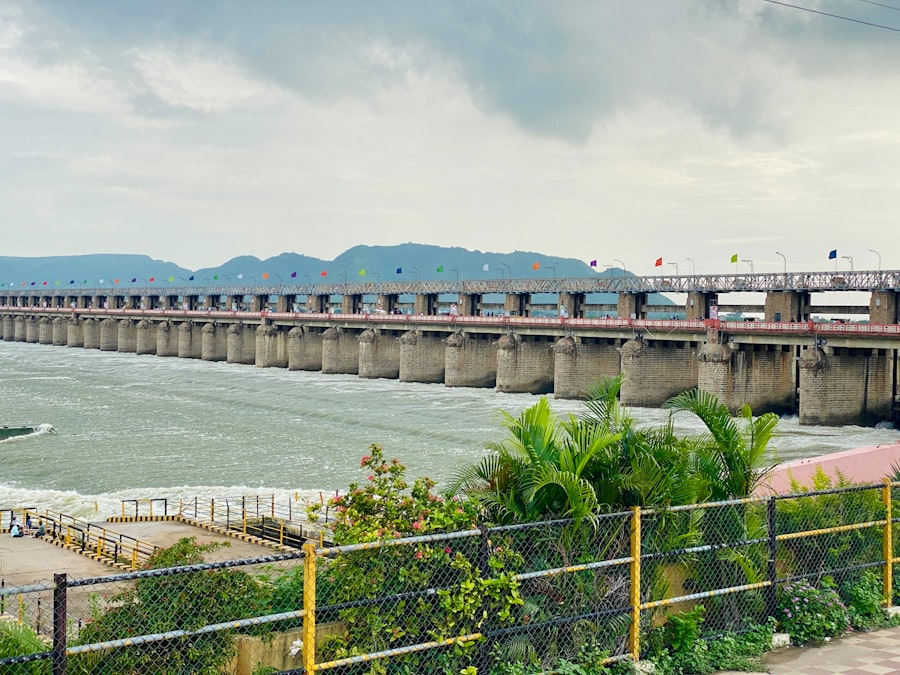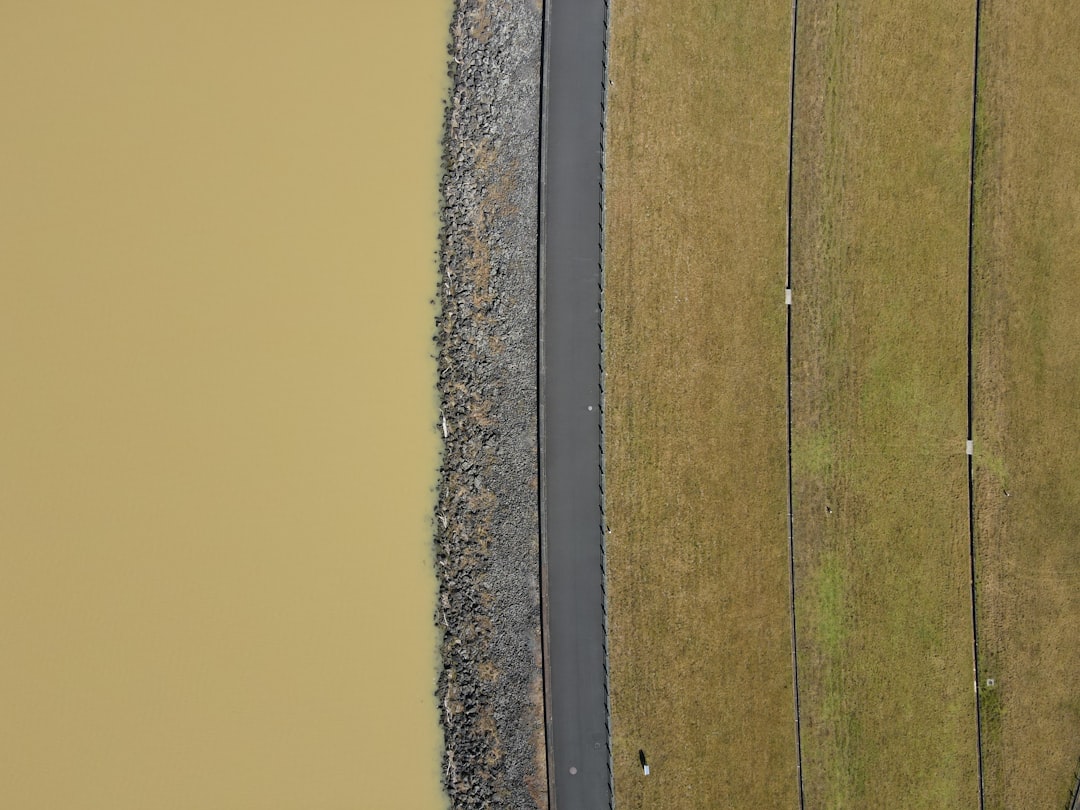The Panama Canal stands as one of the most significant engineering feats in human history, serving as a vital conduit for maritime trade between the Atlantic and Pacific Oceans. Completed in 1914, the canal drastically reduced the travel distance for ships, eliminating the need for the perilous journey around the southern tip of South America. This strategic waterway not only facilitates international trade but also plays a crucial role in the global economy by enabling faster shipping routes, thereby reducing costs and transit times for goods.
The canal’s importance is underscored by its ability to accommodate a vast array of vessels, from container ships to bulk carriers, making it a linchpin in the logistics and supply chain networks that underpin modern commerce.
It serves as a critical point of control for maritime traffic, influencing trade routes and economic relationships among nations.
Countries that rely on the canal for their exports and imports are acutely aware of its strategic value, which can shift the balance of power in international trade. The canal’s operation is not merely a matter of logistics; it is intertwined with national interests and global economic stability. As such, any disruption to its functionality can have far-reaching consequences, affecting everything from shipping costs to international relations.
Key Takeaways
- The Panama Canal is a vital waterway for international shipping and trade, connecting the Atlantic and Pacific Oceans.
- The drought crisis has significantly impacted water levels in the Panama Canal, leading to concerns about its operational capacity.
- Measures such as water-saving basins and surcharge fees have been implemented to address the drought crisis and maintain canal operations.
- Environmental concerns have been raised due to the drought crisis, including impacts on local ecosystems and wildlife.
- The drought crisis has economic implications for global trade, with potential delays and increased costs for shipping through the Panama Canal.
The Impact of the Drought Crisis
In recent years, the Panama Canal has faced unprecedented challenges due to a severe drought crisis that has significantly impacted its operations. The drought has led to lower water levels in Gatun Lake, which is essential for the canal’s functioning. This situation has forced authorities to implement restrictions on vessel transits, limiting the number of ships that can pass through and reducing their cargo capacity.
The implications of this crisis extend beyond logistical challenges; they threaten to disrupt global supply chains that depend on timely deliveries and efficient transportation routes. The drought crisis has also raised concerns about the long-term sustainability of the canal. As climate patterns shift and extreme weather events become more frequent, the reliability of water resources essential for canal operations is increasingly in jeopardy.
This situation has prompted discussions about the need for adaptive strategies to ensure that the canal can continue to function effectively in the face of changing environmental conditions. The impact of the drought is not just a local issue; it reverberates throughout the global economy, highlighting the interconnectedness of natural resources and international trade.
Water Levels in the Panama Canal

Water levels in the Panama Canal are critical to its operation, as they determine the depth at which vessels can navigate through its locks. The canal relies on a complex system of lakes and rivers, with Gatun Lake serving as a primary water source. However, prolonged periods of drought have led to alarming declines in water levels, raising concerns about the canal’s ability to accommodate larger vessels.
The situation has become increasingly precarious, with water levels dropping to historic lows that threaten to impede shipping traffic. The implications of low water levels are multifaceted. For one, they necessitate restrictions on vessel drafts, meaning that ships must carry less cargo to navigate safely through the canal.
This reduction in capacity can lead to increased shipping costs and delays, ultimately affecting consumers and businesses worldwide. Additionally, lower water levels can exacerbate operational challenges within the canal itself, leading to longer wait times for vessels and increased congestion at key transit points. As such, maintaining adequate water levels is not merely an operational concern; it is essential for sustaining the economic viability of one of the world’s most important maritime routes.
Measures Taken to Address the Drought Crisis
| Measures Taken | Description |
|---|---|
| Water Restrictions | Limits on water usage for households and businesses |
| Water Conservation Campaigns | Public awareness and education on water-saving practices |
| Infrastructure Improvement | Upgrading water supply and distribution systems |
| Emergency Water Supplies | Providing alternative water sources during shortages |
In response to the ongoing drought crisis, authorities have implemented a series of measures aimed at mitigating its impact on canal operations. One significant strategy has been the introduction of transit restrictions based on water availability.
Additionally, efforts have been made to enhance water conservation practices within the canal’s operational framework. This includes initiatives aimed at improving water management and efficiency in lock operations, as well as exploring alternative sources of water supply. For instance, there have been discussions about investing in infrastructure improvements that could help capture and store rainwater during wet seasons, thereby bolstering reserves for drier periods.
These measures reflect a proactive approach to addressing the challenges posed by climate variability and underscore the importance of adaptive management strategies in safeguarding the canal’s future.
Environmental Concerns
The environmental implications of the drought crisis extend beyond immediate operational challenges; they raise broader questions about ecological sustainability and resource management in the region. The Panama Canal is situated within a delicate ecosystem that relies on a balance of freshwater resources and biodiversity. As water levels fluctuate due to drought conditions, there are concerns about how these changes may affect local flora and fauna, potentially leading to disruptions in habitats and ecosystems.
Moreover, the environmental impact of increased shipping traffic during periods of low water levels cannot be overlooked. As vessels are forced to carry lighter loads or navigate more cautiously through restricted channels, there may be heightened risks associated with pollution and habitat degradation. The canal’s operations must therefore be carefully managed to minimize ecological harm while ensuring that it continues to serve its critical role in global trade.
This balancing act presents a significant challenge for authorities tasked with maintaining both economic viability and environmental integrity.
Economic Implications

The economic implications of the drought crisis affecting the Panama Canal are profound and far-reaching. As shipping costs rise due to increased transit times and reduced cargo capacities, businesses around the world may face higher prices for goods and services. This situation can lead to inflationary pressures in various markets, impacting consumers’ purchasing power and overall economic stability.
Industries that rely heavily on timely deliveries—such as manufacturing and retail—are particularly vulnerable to disruptions caused by reduced canal operations. Furthermore, countries that depend on exports routed through the Panama Canal may experience significant economic repercussions. Delays in shipping can lead to lost contracts and diminished competitiveness in global markets.
For nations whose economies are closely tied to specific commodities or products transported via the canal, such disruptions can have cascading effects on employment, investment, and overall economic growth. As such, addressing the drought crisis is not only an environmental imperative but also an economic necessity for maintaining stability in international trade.
International Shipping and Trade
The Panama Canal plays an indispensable role in international shipping and trade by serving as a critical link between major global markets. Its strategic location allows vessels from various countries to transit efficiently between oceans, facilitating trade routes that are essential for economic growth. However, as drought conditions persist and impact canal operations, there are growing concerns about how these challenges may reshape global shipping dynamics.
Shipping companies are increasingly faced with difficult decisions regarding routing options as they navigate uncertainties related to canal accessibility. Some may opt for longer routes around South America or seek alternative shipping lanes altogether, which could lead to increased transit times and costs. This shift could have ripple effects throughout supply chains, prompting businesses to reevaluate their logistics strategies and potentially leading to higher prices for consumers worldwide.
The interconnected nature of global trade means that disruptions in one region can reverberate across markets, underscoring the importance of maintaining reliable maritime infrastructure like the Panama Canal.
Climate Change and the Panama Canal
Climate change poses a significant threat to the long-term viability of the Panama Canal by exacerbating existing environmental challenges such as droughts and extreme weather events. As global temperatures rise and weather patterns become increasingly erratic, regions dependent on consistent rainfall face heightened risks associated with water scarcity. For the Panama Canal, this translates into ongoing concerns about maintaining adequate water levels necessary for its operations.
The implications of climate change extend beyond immediate operational challenges; they raise questions about how best to adapt infrastructure and management practices in response to evolving environmental conditions. Authorities must consider innovative solutions that incorporate climate resilience into their planning processes while also addressing broader sustainability goals. This may involve investing in green technologies or exploring partnerships with environmental organizations to promote conservation efforts within surrounding ecosystems.
The Role of the Panama Canal Authority
The Panama Canal Authority (ACP) plays a pivotal role in managing operations within this critical waterway while navigating complex challenges posed by environmental changes and economic pressures. Tasked with overseeing transit operations, maintenance, and infrastructure development, the ACP is responsible for ensuring that the canal remains functional and efficient amid evolving circumstances. In light of recent drought conditions, the ACP has taken proactive steps to address water management issues while balancing operational demands with environmental stewardship.
By implementing measures aimed at conserving water resources and enhancing operational efficiency, the authority seeks to mitigate disruptions caused by low water levels while safeguarding ecological integrity within surrounding areas. The ACP’s commitment to sustainable practices reflects an understanding that long-term success hinges on finding solutions that benefit both commerce and conservation.
Future Challenges and Solutions
Looking ahead, the Panama Canal faces a myriad of challenges that require innovative solutions and collaborative efforts among stakeholders. As climate change continues to impact weather patterns and exacerbate drought conditions, authorities must prioritize adaptive management strategies that enhance resilience against future disruptions. This may involve investing in advanced technologies for monitoring water levels or exploring alternative sources of freshwater supply.
Additionally, fostering partnerships with international organizations focused on climate adaptation can provide valuable insights into best practices for managing shared resources effectively. Engaging local communities in conservation efforts will also be crucial for promoting sustainable practices that benefit both people and ecosystems surrounding the canal. By embracing a holistic approach that integrates environmental considerations into operational planning, stakeholders can work together toward ensuring the long-term viability of this vital maritime artery.
Global Perspectives on the Panama Canal Drought Crisis
The drought crisis affecting the Panama Canal has garnered attention from around the world as nations grapple with its implications for international trade and environmental sustainability. Countries reliant on exports routed through this critical waterway are particularly concerned about how disruptions may impact their economies and competitiveness in global markets. As discussions surrounding climate change intensify globally, there is growing recognition that collaborative efforts will be essential for addressing shared challenges related to resource management.
International organizations are increasingly advocating for integrated approaches that prioritize both economic development and environmental protection within regions impacted by climate variability. By fostering dialogue among stakeholders—including governments, businesses, and civil society—there is potential for developing innovative solutions that address pressing issues while promoting sustainable practices across borders. Ultimately, navigating these complex challenges will require collective action informed by diverse perspectives aimed at safeguarding not only the Panama Canal but also broader ecosystems essential for future generations.
The ongoing drought affecting the Panama Canal has raised significant concerns about global shipping and trade routes. As water levels continue to drop, the canal’s capacity to accommodate large vessels is severely impacted, leading to delays and increased shipping costs. This situation highlights the broader implications of climate change on critical infrastructure worldwide. For more insights into how geographical challenges are shaping our world, you can explore a related article on MyGeoQuest, which delves into various environmental and geographical issues.
WATCH NOW! Unlocking Disaster: 7 Choke Points That Could Fracture Our Connected World Overnight
FAQs
What is the Panama Canal Drought?
The Panama Canal Drought refers to a period of below-average rainfall in the region surrounding the Panama Canal, leading to lower water levels in the canal’s lakes and potential impacts on shipping operations.
How does the Panama Canal Drought affect shipping?
Lower water levels in the Panama Canal can restrict the draft (depth) of ships that can pass through, potentially leading to reduced cargo capacity and increased transit times. In extreme cases, the canal may need to impose draft restrictions or limit the size of vessels allowed to transit.
What measures are taken to mitigate the impact of the Panama Canal Drought?
During periods of drought, the Panama Canal Authority may implement water conservation measures, such as adjusting the operation of the canal’s locks and reservoirs, and working with shipping companies to optimize transit schedules.
How does the Panama Canal Authority manage water levels during a drought?
The Panama Canal Authority manages water levels by controlling the flow of water into and out of the canal’s lakes, as well as by implementing water-saving measures such as reusing water in the locks and reservoirs.
What are the potential long-term implications of the Panama Canal Drought?
Long-term implications of the Panama Canal Drought may include the need for infrastructure upgrades to ensure the canal’s resilience to future droughts, as well as potential impacts on global shipping routes and trade patterns.
